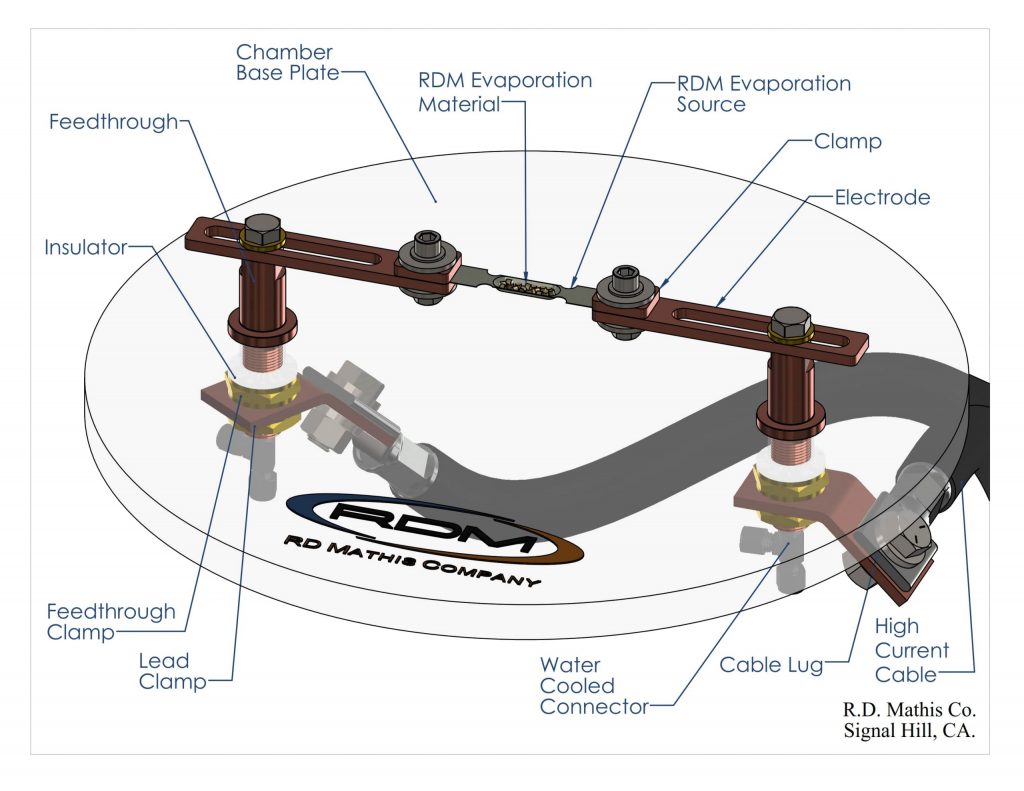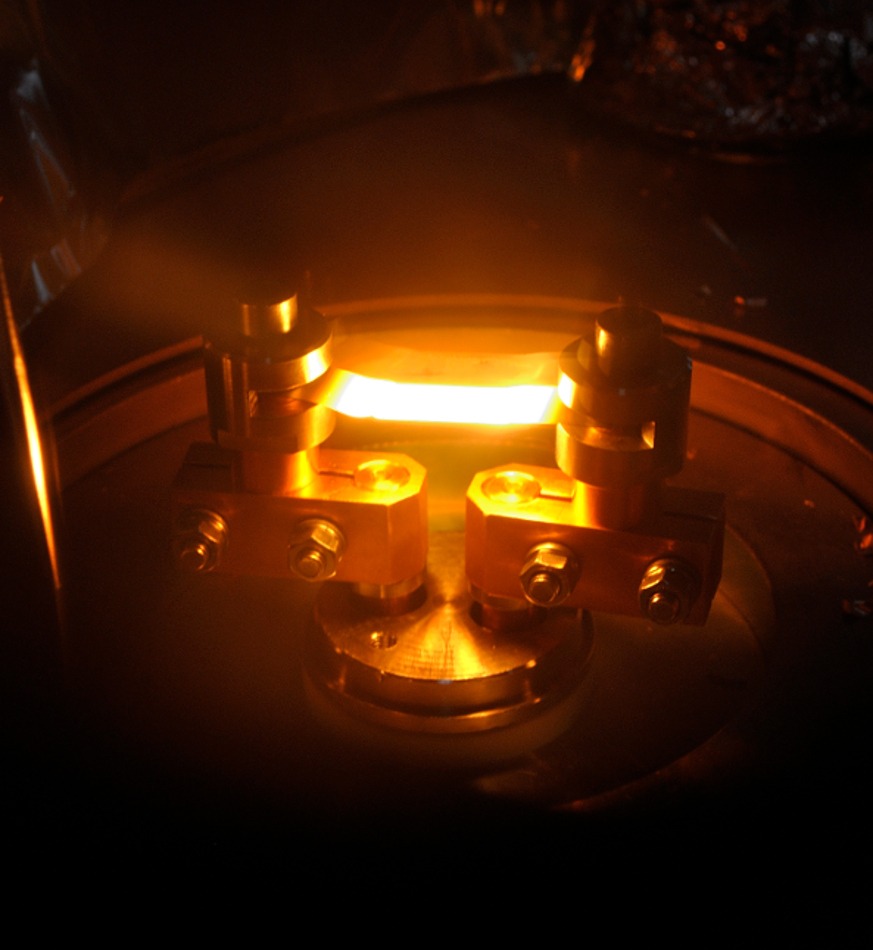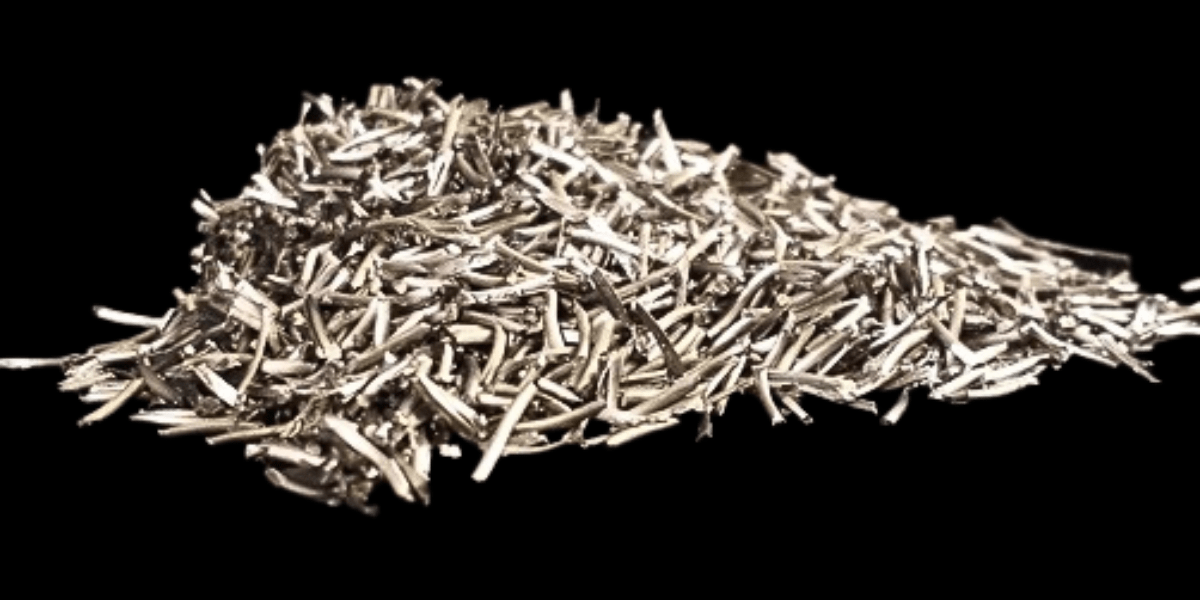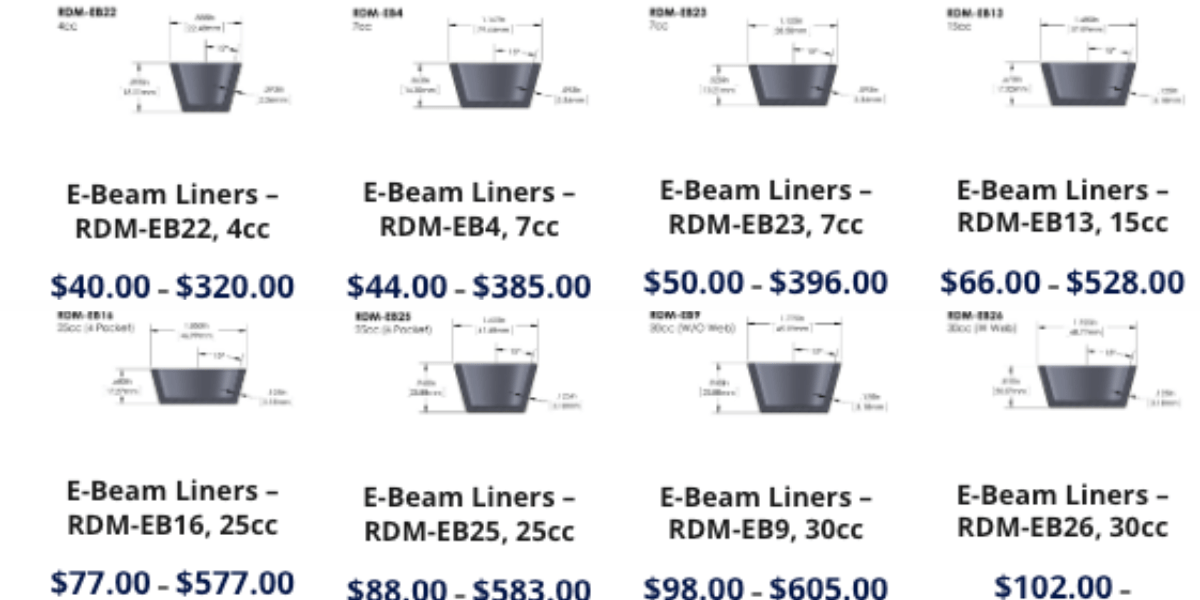An Introduction to Thermal Evaporation Deposition in Thin Film Technology
Thin film technology plays a pivotal role in various industries, from semiconductors to optics, and even in emerging fields like flexible electronics. One of the key techniques employed in thin film production is thermal evaporation deposition — here’s a comprehensive introduction:
Understanding Thermal Evaporation
Thermal evaporation deposition, also known simply as thermal evaporation, is a physical vapor deposition (PVD) technique used to create thin films of materials on substrates. It involves the transformation of a solid material into vapor and then its condensation onto a substrate to form a thin film. This process is carried out in a vacuum chamber to eliminate any interference from gases in the atmosphere.
The Principles
The fundamental principle behind the thermal evaporation process is straightforward. A solid material, often in the form of wire, pellets, or pieces, is heated until it reaches its vaporization temperature. At this point, the material turns into a vapor or gas phase. This vaporized material then travels within the vacuum chamber and condenses onto a substrate placed in the deposition area. The result is a thin film of the material with precise thickness and properties.

Materials Used
A wide range of materials can be used in thermal evaporation, such as metals, alloys, and even some organic compounds. Generally, commonly used materials include aluminum, gold, silver, and various dielectric materials. The choice of material depends on the specific application and the properties required for the thin film.
Thermal evaporation can only deposit metals: False!
Materials such as silicon monoxide, titanium oxide, or zinc sulphide are used in various different coating applications. For example, magnesium fluoride is often used as an anti-reflective coating.
Applications
- Semiconductor industry
- It is used for the deposition of metals like copper or dielectric layers like silicon dioxide (SiO2) in integrated circuits. For semiconductors, coating materials are selected depending on their electrical properties and compatibility with the substrate.
- Optics
- Thin film coatings on lenses, mirrors, and optical components improve their performance in areas such as anti-reflection and reflectivity enhancement. These functional coatings are especially important for such as telescopes or other precision instruments.
- Photovoltaics
- Solar cells often use thermal evaporation to deposit thin films of semiconductor materials like silicon and cadmium telluride. With the development of PVD, these coatings can be precisely applied to silicon wafers without damaging them.
- OLED displays
- Organic light-emitting diode displays benefit from the precise deposition of organic materials using thermal evaporation.
- Sensors
- Thin film sensors for various applications, such as gas sensing or biosensing, are produced using this technique. Manufacturing processes for these sensors require film uniformity to ensure quality.
Advantages
- High purity: The vaporized material is typically of high purity, leading to pure and contaminant-free thin films. Unwanted particulates in the atmosphere are removed during the pumpdown of the vacuum chamber.
- Controlled thickness: Thermal evaporation allows precise control over film thicknesses, making it suitable for sensitive applications requiring nanoscale precision.
- Uniform coatings: The method produces uniform and even coatings across large areas.
- Versatility: It can be used for a wide range of materials, both conductive and insulating.
- Cost-effective: Thermal evaporation is often more cost-effective than other thin film deposition techniques.

Media: Thermal evaporation, Inmodus, licensed under CC BY-SA 4.0
Thermal Evaporation Deposition and R.D. Mathis Company
As a leading manufacturer of thin film deposition equipment, R.D. Mathis has been at the forefront of providing innovative solutions for researchers and industries that rely on precise thin film deposition. As technology continues to advance, we consequently play a pivotal role in advancing the capabilities and applications of thermal evaporation.
Visit our website to learn more.



